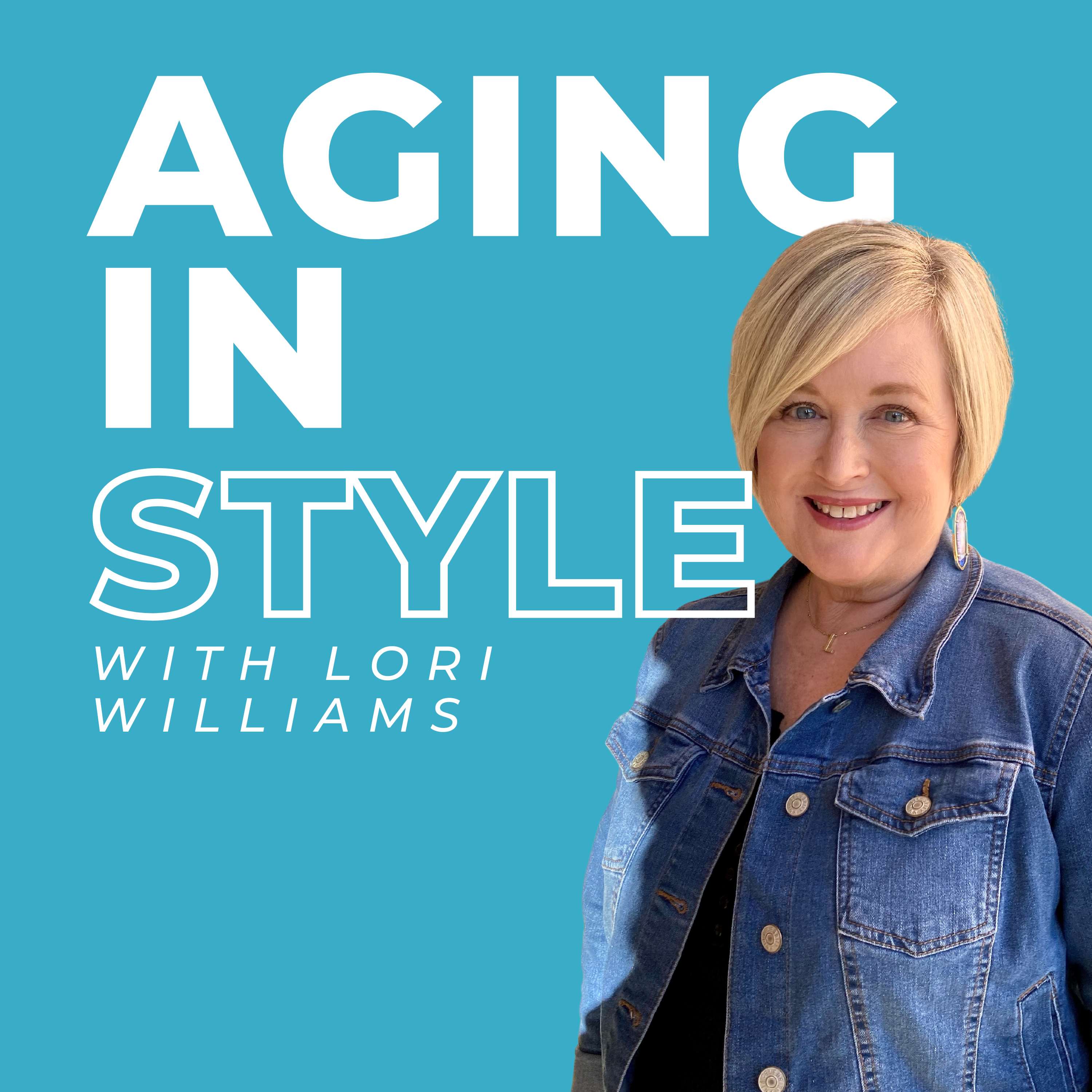193. Stroke Prevention 101 with medical experts from Medical City Lewisville
How can strokes be prevented?
Our beautiful brain hosts millions of cells, however, every minute that our brain goes without proper blood flow, 1.9 million brain cells die. This statistic is incredibly significant and brings home the importance of quick action when stroke symptoms appear. In this episode, I’m thrilled to have two exceptional guests from Medical City Lewisville, a top-notch hospital I can personally vouch for. Both guests are dedicated to stroke care and prevention:
- Miranda Bik-Williams: A registered nurse and certified case manager with seven years at Medical City Lewisville, now serving as the stroke coordinator.
- Holli Thornhill: Also a registered nurse and the Director for Quality Resources with 19 years of nursing experience, 14 of which have been at Medical City Lewisville. Holly has seen the effects of stroke firsthand and is a staunch advocate for preventive medicine.
Recognizing Stroke Symptoms: BE FAST
One of the best ways to remember the signs of a stroke is with the acronym “BE FAST”:
- Balance: Sudden loss of balance or coordination
- Eyes: Vision loss or blurred vision
- Face: Facial weakness or paralysis
- Arms: Inability to lift arms or a drifting arm
- Speech: Slurred speech or speaking incoherently
- Time: Time to call 911 immediately at the first signs
When I hear how quickly brain cells die during a stroke, it underscores the need to call 911 immediately. Time is of the essence to save a life and prevent severe brain damage.
Causes and Risk Factors for Stroke
There are several causes and risk factors for strokes, many of which are preventable:
- High blood pressure: The top risk factor.
- Smoking: Nicotine constricts blood vessels.
- Diabetes: Increases risk.
- Diet: High cholesterol and fat intake contribute.
- Physical inactivity: Leads to other contributing factors like obesity.
- Underlying conditions: Atrial fibrillation, sleep apnea, peripheral artery disease, etc.
The Immediate Response to a Stroke
When 911 is called, EMS providers start treatment en route to the hospital, ensuring that vital, life-saving measures are begun even before arrival. This can make a significant difference in outcomes.
Quick hospital interventions include the administration of clot-busting medications, which must be given within a specific time frame and other procedures to physically remove clots. Knowing your last time of feeling normal is crucial to receive the appropriate treatment.
Understanding TIAs: A Warning Sign
Transient Ischemic Attacks (TIAs) or “mini-strokes” are significant warning signs. They should be treated with the same urgency as strokes. It’s critical to recognize them as yellow lights indicating a potential future stroke.
Prevention: Manage What You Can Control
Key factors:
- Hypertension: Get it under control.
- Diabetes: Manage blood sugar levels.
- Quit Smoking: Reduces stroke risk.
- Diet and Exercise: Adopt a healthy lifestyle.
- Know Your Numbers: Cholesterol, blood pressure, etc.
The Impact of a Stroke and Recovery
Strokes create pathways for new neural pathways through rigorous and immediate rehabilitation, including physical, occupational, and speech therapy. Mark's journey highlighted the essential role rehab played in his recovery, and I’m thankful for the excellent rehab centers in the Dallas area.
Takeaways from this episode:
- Be FAST: Every minute without proper blood flow results in the death of approximately 1.9 million brain cells, emphasizing the need to call 911 immediately when stroke symptoms are present.
- High blood pressure, smoking, diabetes, poor diet, and lack of physical activity are significant, manageable risk factors for stroke. Regular check-ups and lifestyle changes can significantly reduce these risks.
- Calling 911 ensures that EMS can begin treatment on the way to the hospital, significantly improving the chances of better outcomes. Early intervention, such as the administration of clot-busting medication or physical removal of clots, can be critical.
- Transient Ischemic Attacks (TIAs) or "mini-strokes" are serious warning signs indicating a potential future stroke. Immediate medical attention and lifestyle changes are crucial to prevent actual strokes.
Resources mentioned in this episode:
Get my new book, 'Surrounded by Love: One's Family Journey Through Stroke Recovery': https://loriwilliams-seniorservices.com/book
To suggest a topic, be a guest or support the podcast, please email Lori@Loriwilliams-seniorservices.com
For more senior resources and to sign up for the newsletter, please visit:
https://www.facebook.com/LoriWilliamsSeniorServices/
https://www.instagram.com/theloriwilliams/
https://www.linkedin.com/in/theloriwilliams/
https://loriwilliams-seniorservices.com/aging-in-style-podcast/
Get your copy of my book Surrounded by Love: One Family's Journey Through Stroke Recovery:
121. Strokes: warning signs, prevention, risk factors and action plan
Heart Attack, Stroke and Cardiac Arrest Symptoms and more information from the American Heart Association:
https://www.heart.org/en/about-us/heart-attack-and-stroke-symptoms
Mentioned in this episode:
Surrounded by Love
You can find my book, "Surrounded by Love: One Family’s Journey Through Stroke Recovery," on Amazon. It is available as a Kindle, hardcover, paperback, and also on Audible. More details can be found on my website: https://loriwilliams-seniorservices.com/book

